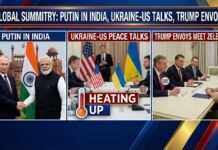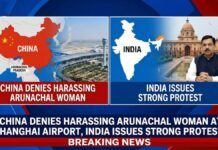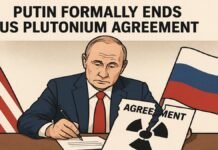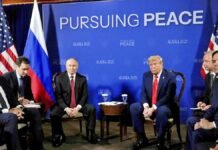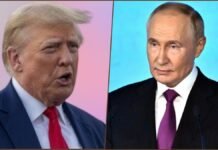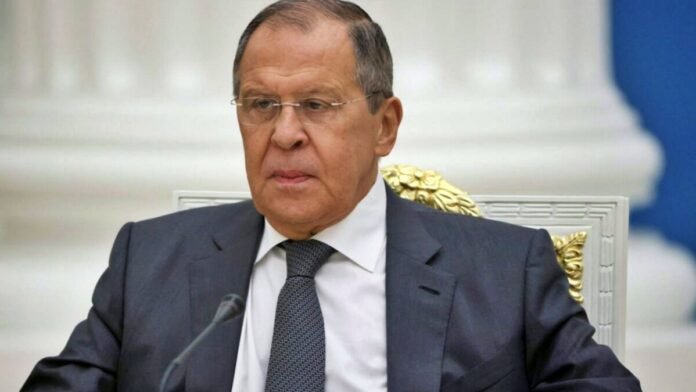
Key Points
- Russian Foreign Minister Sergei Lavrov signals renewed momentum for the India-Russia-China (RIC) trilateral group as India-China border tensions subside.
- No foreign ministers’ meeting has occurred since the 2020 Galwan Valley clash, but diplomatic efforts are underway to resume dialogue.
- Lavrov highlights Western attempts to divide India and China, while reaffirming Russia’s commitment to multilateral cooperation.
- RIC’s origins date back to the late 1990s as a counterweight to Western dominance and have expanded into broader platforms like BRICS and SCO.
- Russia sees India as a reliable partner and is actively working to reactivate the trilateral mechanism.
Moscow: Russian Foreign Minister Sergei Lavrov has announced a possible revival of the India-Russia-China (RIC) trilateral group, citing a significant reduction in tensions between India and China. Speaking at the ‘2050 Future Forum’ in Moscow, Lavrov emphasized that the stabilization along the India-China border has created a conducive environment for resuming joint activities under the RIC format.
Diplomatic Thaw Opens Door for Trilateral Talks
According to Russian news agency TASS, Lavrov expressed optimism about restarting the RIC platform, which has been largely inactive since the violent Galwan Valley clash in 2020. “There has not been a meeting at the foreign ministers’ level for several years, but we are working on it. I am in contact with my Chinese counterpart and the Indian Ministry of External Affairs,” Lavrov stated.
He noted that recent dialogue between New Delhi and Beijing has helped ease border tensions, paving the way for renewed trilateral cooperation. Lavrov described the resumption of RIC activities as a crucial step toward strengthening multilateral engagement in the region.
Western Influence and RIC’s Strategic Importance
Lavrov also reiterated his earlier claims that Western countries have tried to exploit India-China differences to weaken regional unity. Despite such external pressures, Russia continues to position itself as a bridge-builder and remains committed to fostering collaboration among the three major Eurasian powers.
The History and Significance of the RIC Group
The RIC trilateral format was first proposed in the late 1990s by then Russian Foreign Minister Yevgeny Primakov. Conceived as a response to the US-led unipolar world order, the group’s primary goal was to safeguard shared interests and promote multipolarity in global affairs.
Throughout the 2000s, the RIC mechanism expanded its influence by integrating with other multilateral organizations, including BRICS and the Shanghai Cooperation Organization (SCO). However, the 2020 Galwan Valley border clash between India and China brought RIC activities to a near halt, with growing mistrust hampering progress.
Russia’s Balancing Act Amid Global Tensions
Despite deepening ties between Moscow and Beijing, especially since the Ukraine conflict, Russia has consistently emphasized India’s role as a trusted partner. Lavrov’s latest remarks underscore Moscow’s intent to reactivate the RIC platform and restore its relevance in shaping regional and global dynamics.




































